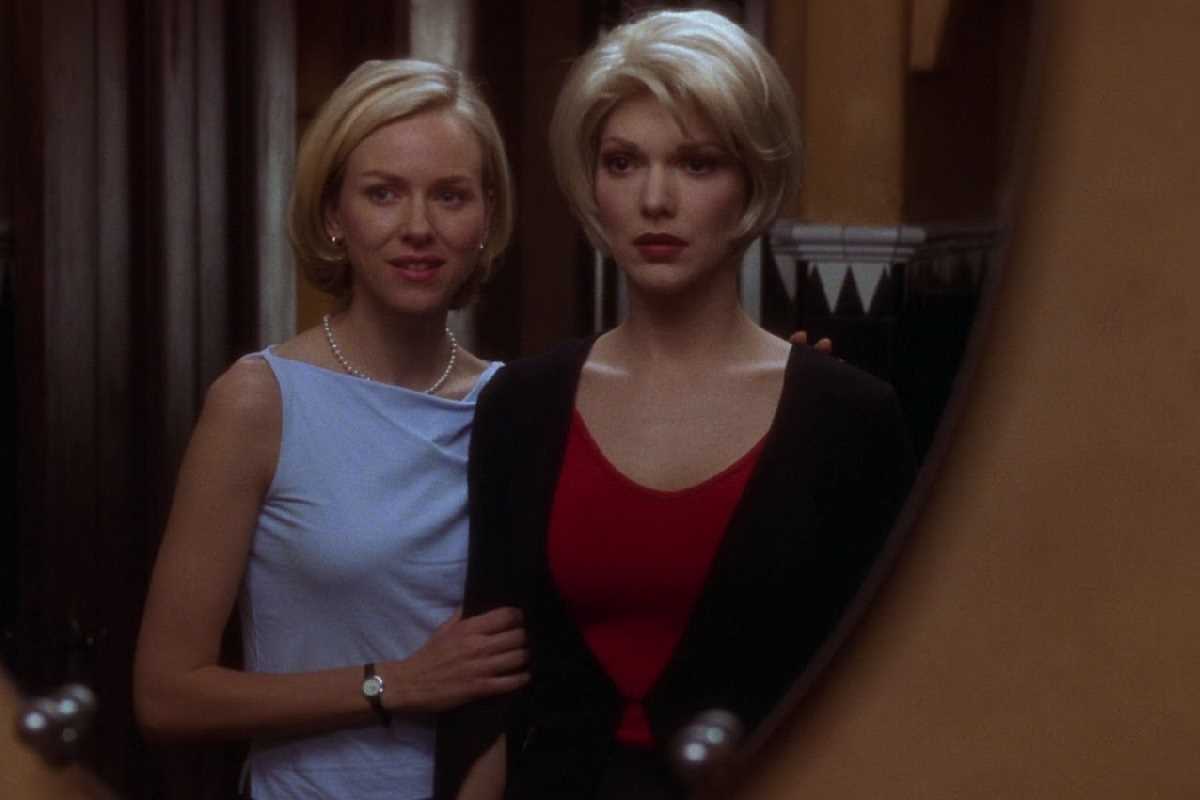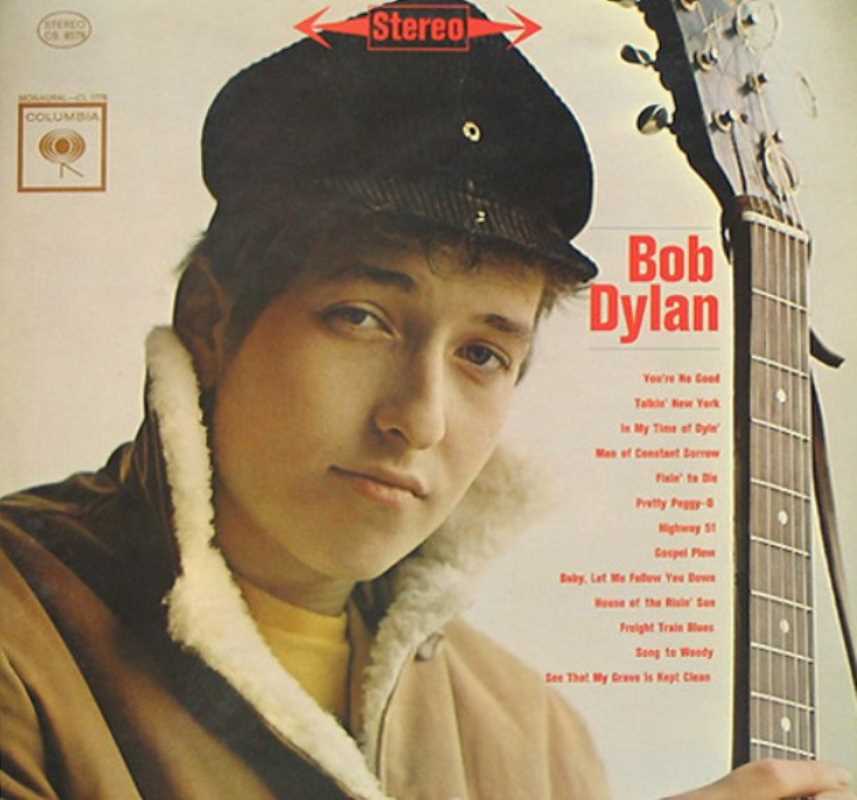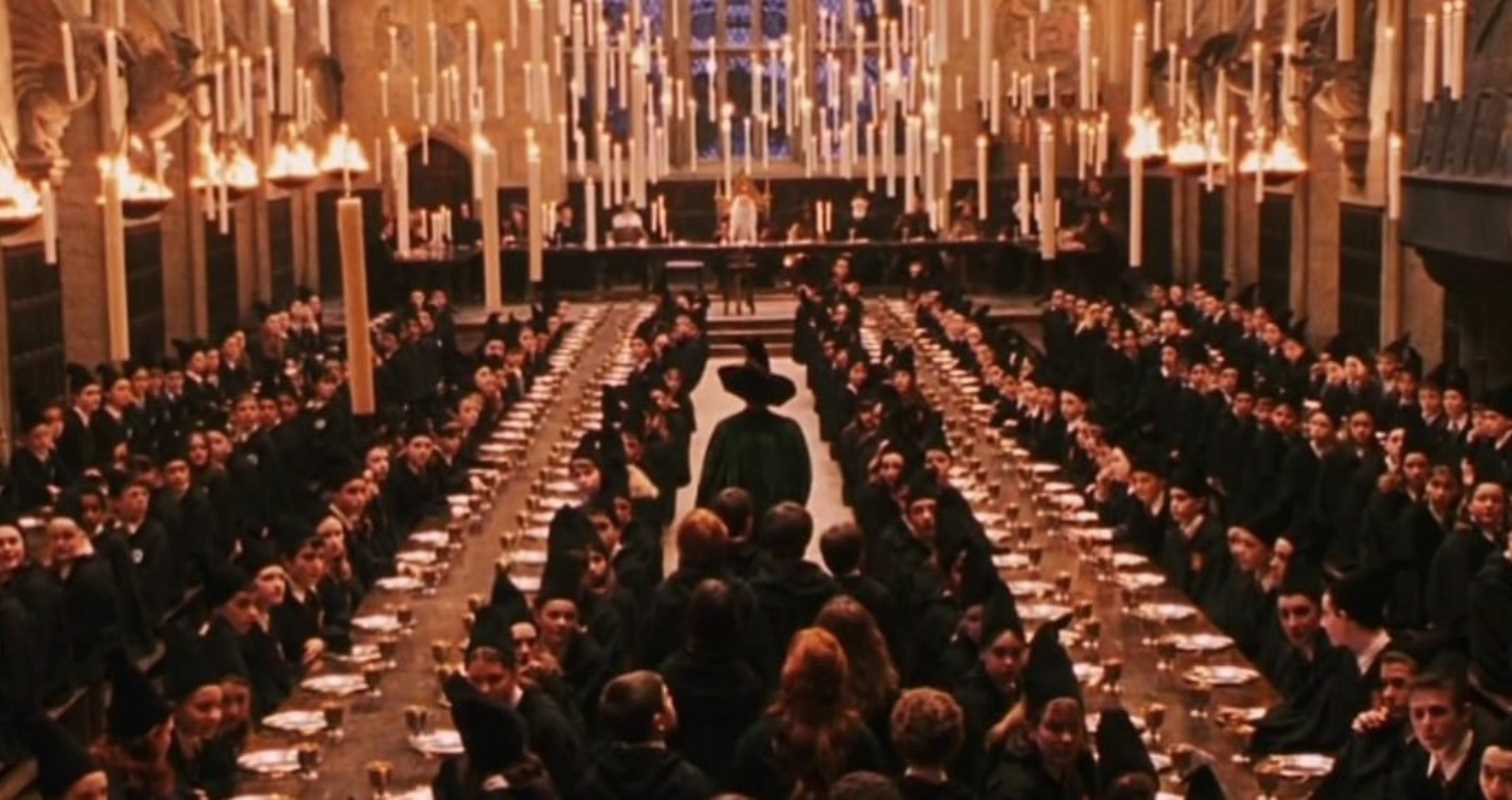When The Sopranos premiered in 1999, it didn’t just change television—it revolutionized it. David Chase’s series about mob boss Tony Soprano navigating the dual pressures of organized crime and suburban family life set a new standard for what TV could achieve. With its complex characters, moral ambiguity, and groundbreaking storytelling, The Sopranos challenged the conventions of the crime drama genre and redefined the medium. Its influence remains unmistakable two decades later, shaping the “Golden Age of Television” and paving the way for acclaimed dramas like Breaking Bad, Mad Men, and The Wire. Revisiting this masterpiece reveals its enduring brilliance.
Redefining the Antihero
At the heart of The Sopranos is Tony Soprano, played masterfully by James Gandolfini. Tony wasn’t the first antihero in television history but was among the most compelling and complex. As a mob boss, he ordered hits and exploited others, yet as a husband, father, and man in therapy, he revealed moments of vulnerability and humanity.
- Duality of Tony’s Character: Tony oscillates between moments of brutality and charm, embodying ruthless violence and genuine emotional struggle. This duality made him relatable, even as he committed despicable acts.
- Therapy as a Narrative Device: Tony’s therapy sessions with Dr. Melfi (Lorraine Bracco) provided a window into his psyche, allowing the series to explore themes of guilt, anxiety, and the pressures of masculinity.
- Shifting Audience Allegiances: The show challenged traditional notions of heroism and villainy by forcing viewers to empathize with a morally corrupt character.
Tony’s layered portrayal paved the way for other antiheroes, such as Walter White (Breaking Bad) and Don Draper (Mad Men), establishing a blueprint for character-driven storytelling in modern television.
The Crime Drama with a Family Core
While The Sopranos delved into organized crime's violent and chaotic world, it was equally focused on the domestic sphere. This dual focus set it apart from traditional mob narratives like The Godfather and Goodfellas.
- The Soprano Family Dynamics: The relationship between Tony and his wife Carmela (Edie Falco) served as the series' emotional core. Their marriage, fraught with infidelity, financial tension, and moral compromise, felt authentic and relatable.
- Teenage Rebellion: Tony’s children, Meadow and A.J., provided another layer of conflict, highlighting the generational clash between Tony’s old-world values and his kids' more progressive views.
- The Banality of Suburbia: The juxtaposition of Tony’s mob life with his suburban existence (backyard barbecues, school events, therapy appointments) added an ironic, often darkly comedic layer to the narrative.
This blending of crime and family drama made the series resonate with a wide audience, offering a fresh take on the mobster archetype.
A Pioneering Approach to Storytelling
The Sopranos broke new ground with its unconventional narrative structure and refusal to adhere to tidy resolutions.
- Episodic and Serial Balance: While the show featured self-contained episodes, it also developed long-running storylines that demanded viewers’ sustained attention.
- Ambiguity and Open-Endedness: The series often left questions unanswered, most famously in its controversial final scene, which cut to black mid-action. This ambiguity invited audience interpretation and discussion, ensuring the show’s legacy endured.
- Subverting Genre Tropes: Instead of glorifying mob life, the series often depicted it as mundane, morally bankrupt, and self-destructive. Characters like Christopher Moltisanti (Michael Imperioli) pursued dreams of Hollywood success, only to face crushing disillusionment, while others like Carmela grappled with the spiritual cost of complicity.
Chase’s willingness to challenge conventions and take narrative risks solidified The Sopranos as a trailblazer in serialized storytelling.
Groundbreaking Performances
The ensemble cast of The Sopranos delivered some of the most memorable performances in television history.
- James Gandolfini as Tony Soprano: Gandolfini’s portrayal of Tony is iconic, capturing the character’s menace, vulnerability, and charisma with unparalleled depth.
- Edie Falco as Carmela Soprano: Falco brought nuance and strength to Carmela, transforming what could have been a secondary role into a pivotal one. Her struggle between love for Tony and moral disapproval of his actions gave the series emotional heft.
- Standout Supporting Roles: From Michael Imperioli’s volatile Christopher to Nancy Marchand’s chilling portrayal of Tony’s manipulative mother, Livia, the supporting cast elevated the series with lived-in and authentic performances.
The show’s casting decisions enhanced its quality and set a precedent for the importance of ensemble storytelling in modern television dramas.
Legacy and Cultural Impact
The Sopranos remains a cornerstone of television history, influencing countless shows that followed.
- The Birth of Prestige TV: The Sopranos legitimized TV as an art form by combining cinematic production values with intricate storytelling.
- Exploration of Mental Health: Tony’s therapy sessions opened the door for discussions about mental health in a way few shows had done before.
- Enduring Popularity: The series’ themes of moral ambiguity, family conflict, and the pursuit of the American Dream continue to resonate, making it as relevant today as when it first aired.
 (Image source: Chase Films; Brad Grey Television; HBO Entertainment)
(Image source: Chase Films; Brad Grey Television; HBO Entertainment) 





